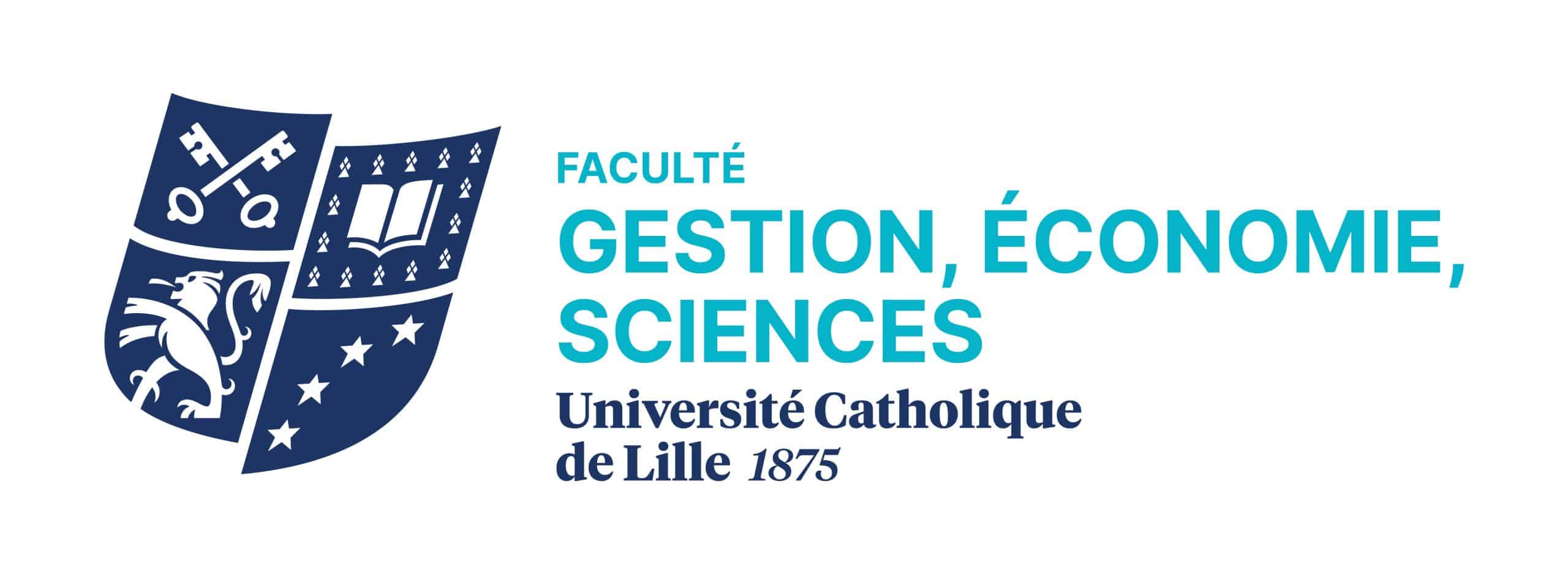
Achats et négociation
Etablissement : Faculté de Gestion, Economie & Sciences Licences
Langue : Français
Formation(s) dans laquelle/lesquelles le cours apparait :
- Aucune formation en lien avec ce cours.
Période : S3
pas de prérequis particulier. Etre curieux et ouvert.
- Comprendre les enjeux des achats dans la politique commerciale de l’entreprise, l’organisation de la fonction achat en distribution/en industrie, les outils dont a besoin l’acheteur.
- Connaitre l’organisation des achats en national et à l’international (sur le plan réglementaire : protection du marché, du consommateur…).
- Se rendre compte de l’importance de l’approvisionnement & la place que représente la logistique dans l’achat.
- Savoir ce qu’est le SCM (Supply Chain Management) et l’apport incontournable des nouvelles technologies dans les achats au 21ème siècle pour mieux gérer les achats durables et les disponibilités des ressources.
18 heures d’Amphi qui porteront sur:
L’organisation des achats (niveau de maturité de la fonction)
La place des achats, la procédure achat en distribution et dans l’industrie, les profils d’acheteurs
Les achats stratégiques, les matières premières, les achats généraux
Les objectifs majeurs: trouver des solutions (veille économique et technologique), innover pour améliorer, réduire les couts, sécuriser l’approvisionnement.
La définition du besoin (quantité, qualité, garanties)
La localisation des approvisionnements: où, quand et comment acheter durablement
L’environnement institutionnel sur le marché d’origine / de destination
Les avantages et risques des achats lointains
Les outils de l’acheteur (de la demande de prix à … la signature du marché).
Le financement des achats et la gestion des risques (retards, non conformités, etc.)
Les points clés de la négociation achat.
La mise en place du contrat. Le paiement & la gestion des principaux problèmes.
5 TD de 2 heures où nous mettrons en pratique :
– L’analyse du besoin, la définition quantitative et qualitative, la recherche de fournisseurs
– La demande de prix et l’analyse de nos conditions d’achat
– La comparaison d’offres de fournisseurs différents, les points à négocier
– Les moyens de financer les achats, la commande, le contrat
– La gestion des paiements et des litiges éventuels.


